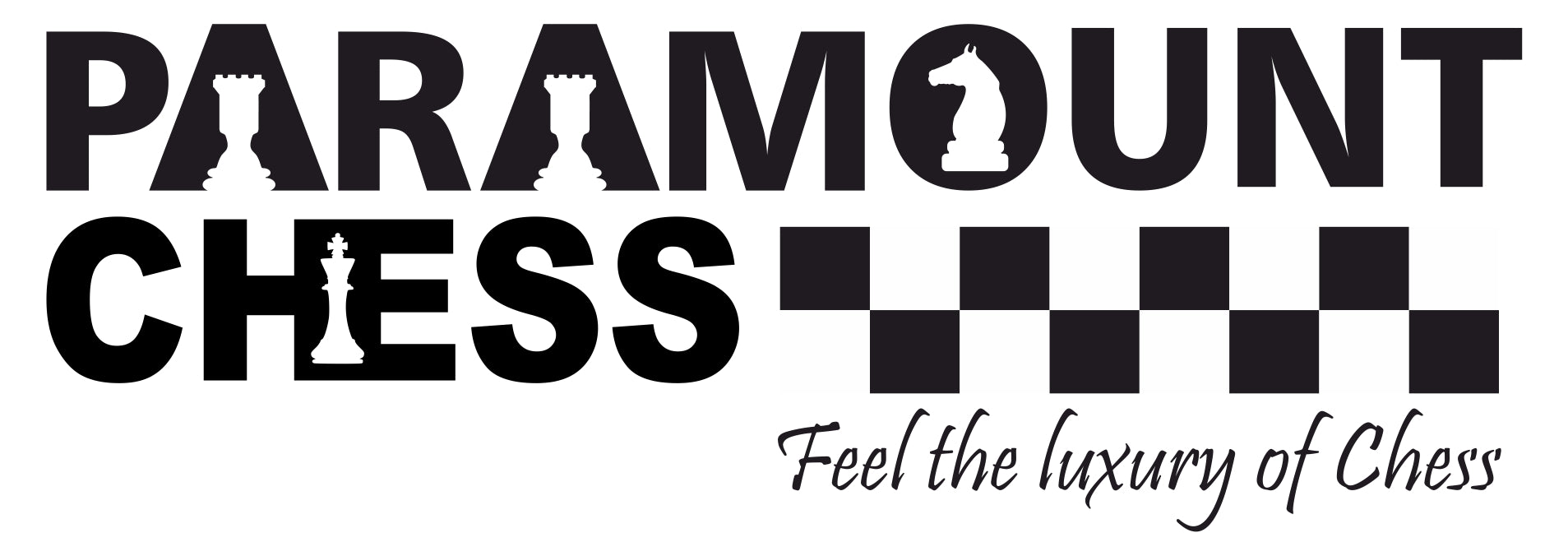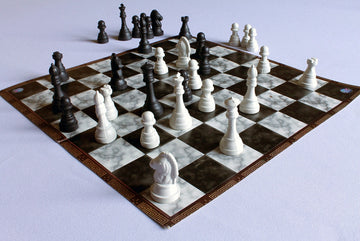
The Pirc Defence is an interesting response to the very common e4 from white. This is neither a very aggressive nor a very defensive opening from Black. It is a good mid-point between the very defensive e5 and the straight out aggressive c5 of the Scandinavian Defence. The Pirc Defence is named after the Slovenian Grandmaster Vasja Pirc. In the Encyclopedia of Chess Openings (ECO) the codes B07, B08 and B09 denote the Pirc Defence. The Pirc Defence is a relatively newer opening that is popular among grandmasters such as Bobby Fischer.

The main aim of both players in the game is to establish control of the center. The Pirc Defence accomplishes this by using its pawn as well as the knight. This adds value through piece development for white and at the same time retains defensive traits. Black has the added advantage of developing its major pieces to facilitate castling on the kings’ side.
Why players like the Pirc Defence so much?
The reason why players like the Pirc Defence is because of its limited theory. Now this principle works on two levels. Firstly, the limited theory allows players to quickly grasp it, retain it and access it when required. Secondly, the limited theory means that there aren’t well published and over analyzed lines that a theoretically strong opponent can counter with. This gives room for flexibility and research for players to develop their own strategies surrounding this opening.

The moves involved in the Pirc Defence are:
- e4 d6
- d4 Nf6
- Nc3 g6
Now is a good time to review all the important chess notations to have a better understanding of the variations below. Check out our article on chess notations here:
Austrian Attack
The Austrian Attack is the most popular variation of the Pirc Defence. In this variation, both players are eager to establish control over the center of the board. In an attempt to do this, they throw in everything they have got until exchanges start to take place. This is a fairly aggressive variation that results in a weaker pawn structure for white. Black on the other hand goes on further to strengthen the e5 square in case of an exchange.

The moves involved in this variation are:
- e4 d6
- d4 Nf6
- Nc3 g6
- f4
One of the best moves at this stage for black is to move the black bishop to g7. This puts pressure on the e5 square as well as the diagonal and makes way for castling to occur on the kings side.
Classical Variation
This variation of the Pirc Defence talks about the Two Knights system that is one of the most effective combinations in the middle game. This creates a symmetrical arrangement of well-defined knights and pawns guarding the center of the board. It is a robust and solid variation that is easy to comprehend and develop for most players. If we account for Blacks knight as well it becomes the three-knight system. There is also a possibility for Black to play Nc6 thus forming the four-knight system.

The moves involved in this variation are:
- e4 d6
- d4 Nf6
- Nc3 g6
- Nf3
150 Attack
The 150 Attack is an interesting variation that was developed just during the advent of the Pirc Defence. It is arguably one of the oldest variations of this opening. The Argentinian players came up with this name because it was suitable to players of this rating. The rating being referred to here corresponds to an ELO rating of 1800. It was very suitable for them because, they could learn this variation due to it’s simple and limited theory and play well.

The moves involved in this variation are:
- e4 d6
- d4 Nf6
- Nc3 g6
- Be3
The main idea behind this variation is for white to attack the Black King. There are multiple ways of achieving this. One of the quickest is by advancing the Queen forward such that it is on the same diagonal as the bishop. Almost intuitively, black would castle and so should white. After castling black can use the flanks to launch an attack.
Byrne Variation
The Byrne Variation takes the 150 Attack a step further by attacking the black knight on f6. The Byrne variation can follow the 150 attack in an attempt to attack the Black king after castling. Otherwise, it could exchange the bishop for a knight. This is bad for black as it leads to doubled pawns and a weakened pawn structure. This negates the protection offered by castling.

The moves involved in this variation are:
- e4 d6
- d4 Nf6
- Nc3 g6
- Bg5
.
Further Reading 1: https://www.thechesswebsite.com/pirc-defense/
Further Reading 2: https://www.ichess.net/blog/pirc-defense/




